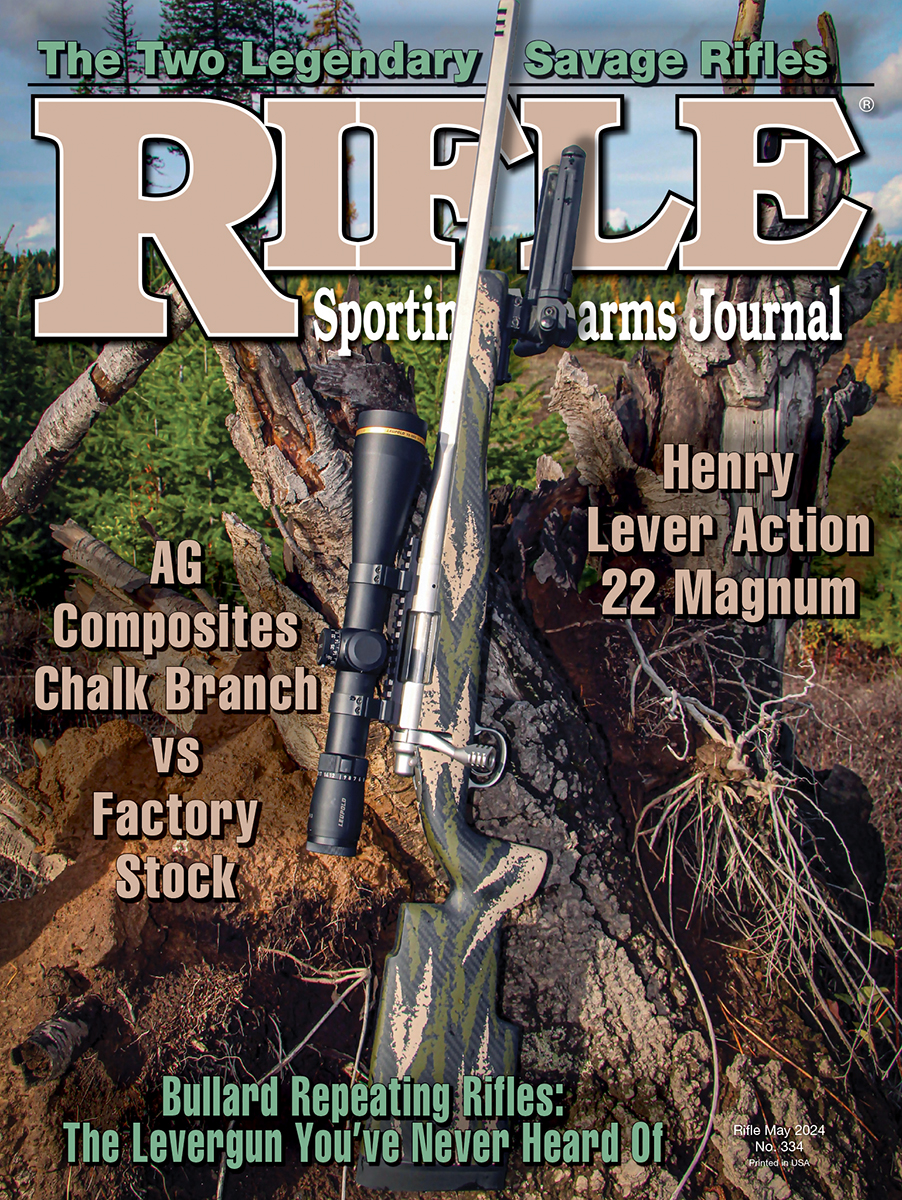Savage Arms
The Two Most Important Savage Rifles
feature By: Brian Pearce | May, 24
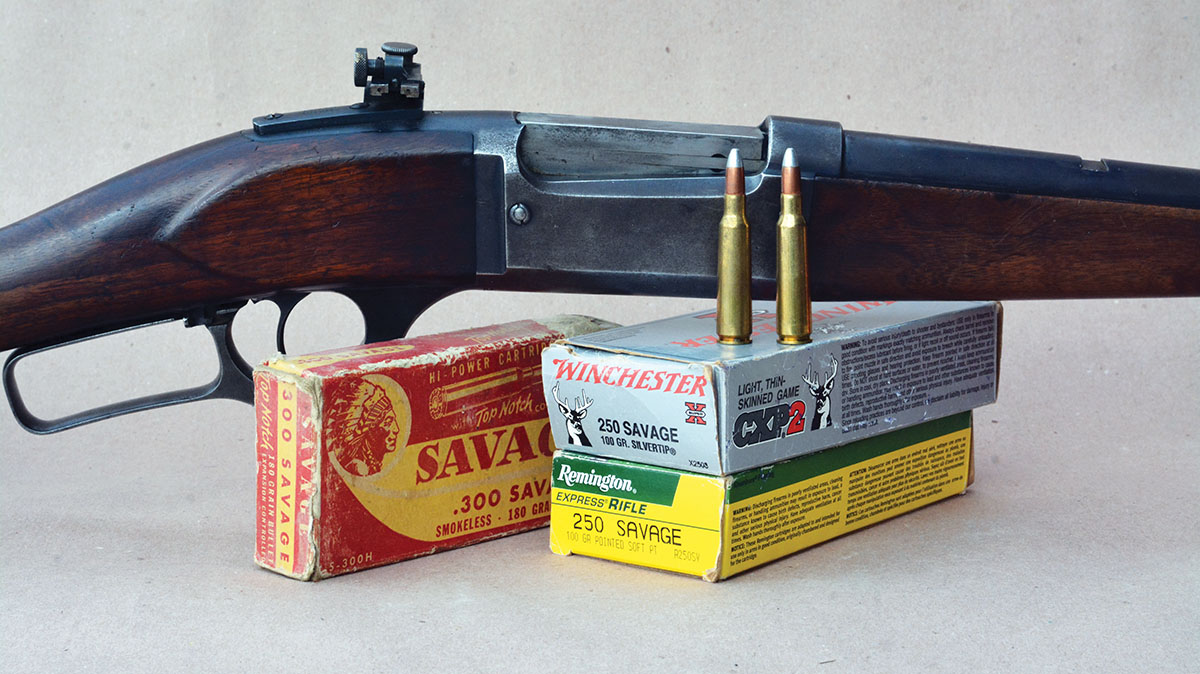
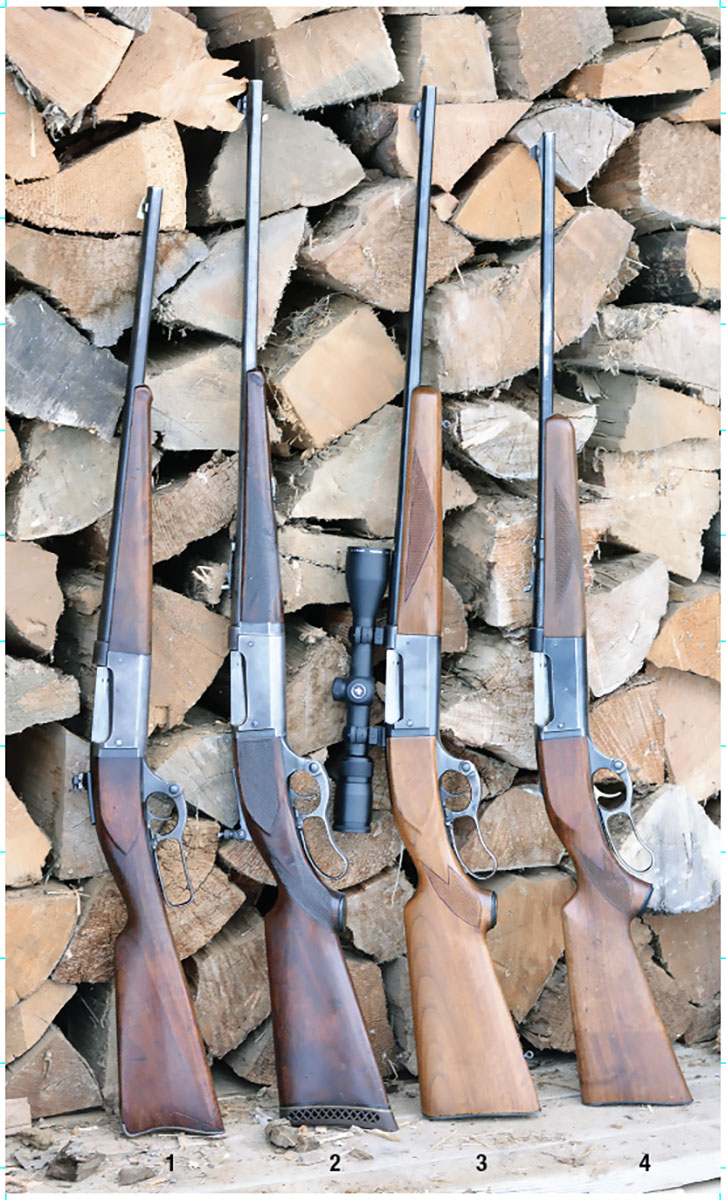
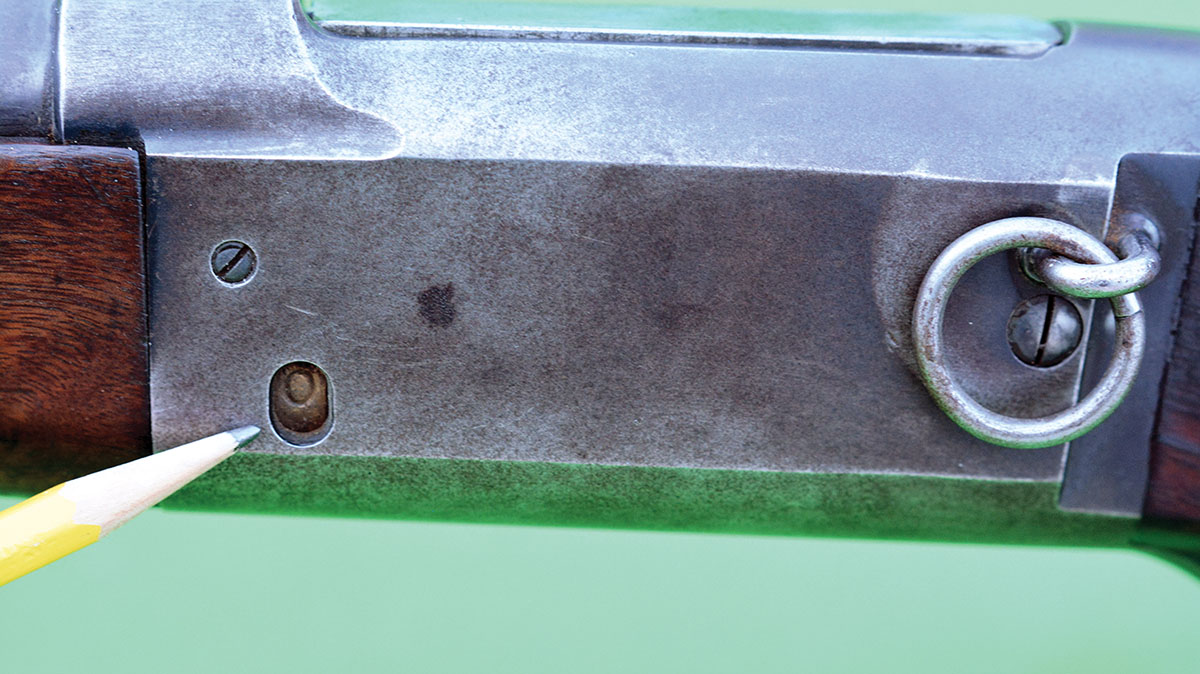
Savage Arms was founded in 1894 by Arthur Savage, with operations located in Utica, New York. Perhaps he is best remembered for producing the Model 1895 rifle that was the first hammerless lever action manufactured. It is based on Savage’s Model 1892 rifle that he had designed for Colt in an attempt for that company to obtain the U.S. Army rifle contract to replace the U.S. Model 1873 Springfield Trapdoor rifle, but the army selected the bolt action Krag-Jorgensen rifle chambered in 30 U.S. or 30-40 Krag instead. Technically, Marlin actually manufactured the Model 1895 for Savage that was only chambered in 303 Savage and intended to compete directly with the popular Winchester Model 1894 30 WCF or 30-30. Success was modest, as a total of around 6,000 rifles were produced from 1895 through 1899.
By 1899, Savage introduced an improved Model 1895 known as the Model 1899 that became the Model 99 around 1920 and was manufactured by Savage. It was referred to as “The Rifle of the 20th Century” and featured notable changes and improvements over the 1895 that increased reliability and strength. The two rifles were close enough in design that from 1899 through 1908, for a $5 fee, Savage would upgrade pre-owned Model 1895 rifles with the same features as the Model 1899. After some additional engineering changes that occurred in 1908, Savage discontinued that practice and elected to sell Model 1899s at a discounted price to the owners of Model 1895s.
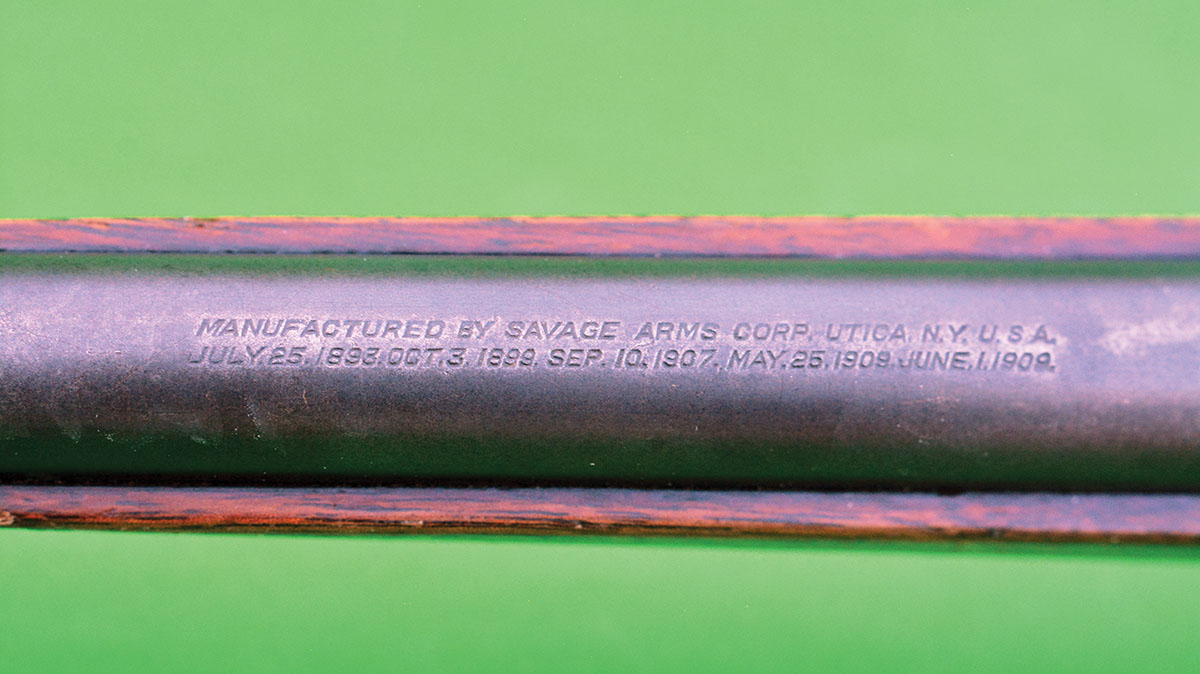
Asking the average shooter or hunter to name a single Savage rifle model and the 99 is the one most frequently referenced. In addition to being a historic and significant rifle, it became widely popular among hunters for many viable reasons. At the time of its development, spitzer-profiled bullets were not being used in the U.S., but by 1906, with the military development of the 30-06 with its spitzer bullet design, they began to appear in appropriate cartridges.
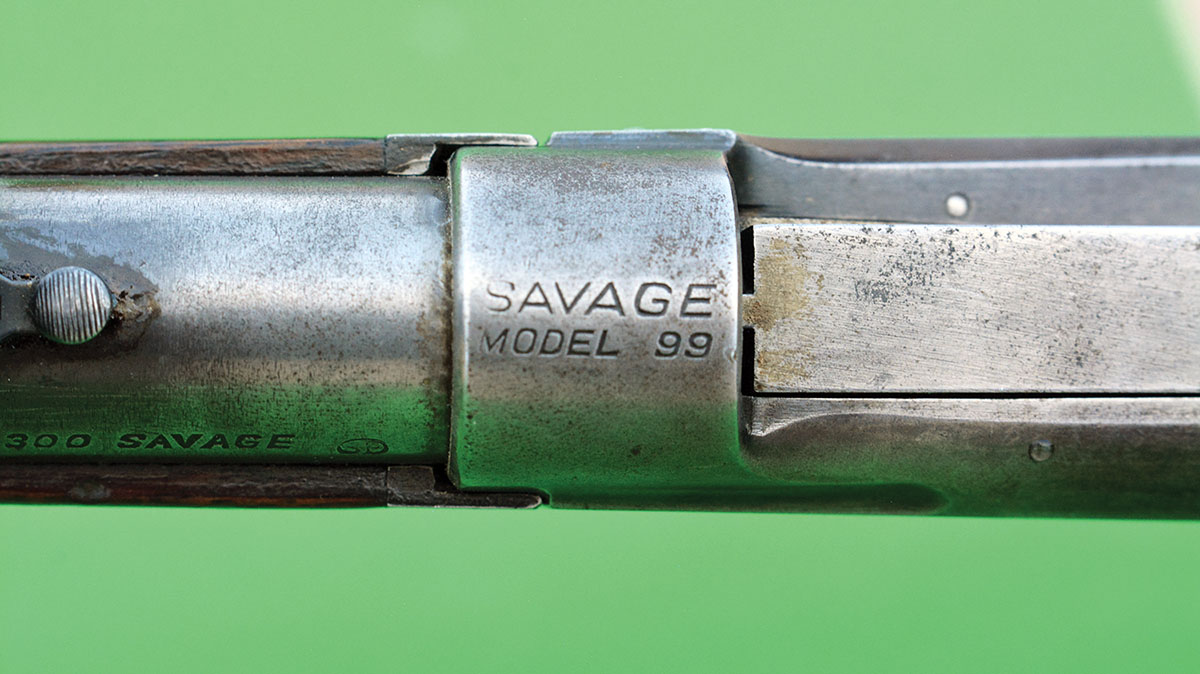
However, noted cartridge designer Charles Newton worked with Savage in developing the 22 Savage Hi-Power in 1912 that pushed a 70-grain, .228-inch softpoint semi-spitzer-style bullet to around 2,790 feet per second (fps). The Reverend H.R. Caldwell used one to take a 400-pound tiger in China, while the world famous African hunter, W.D.M. Bell, used a 22 Hi-Power to kill buffalo. Savage was a great promoter and exploited these feats in advertising literature and it brought notable fame to the Savage Model 1899.
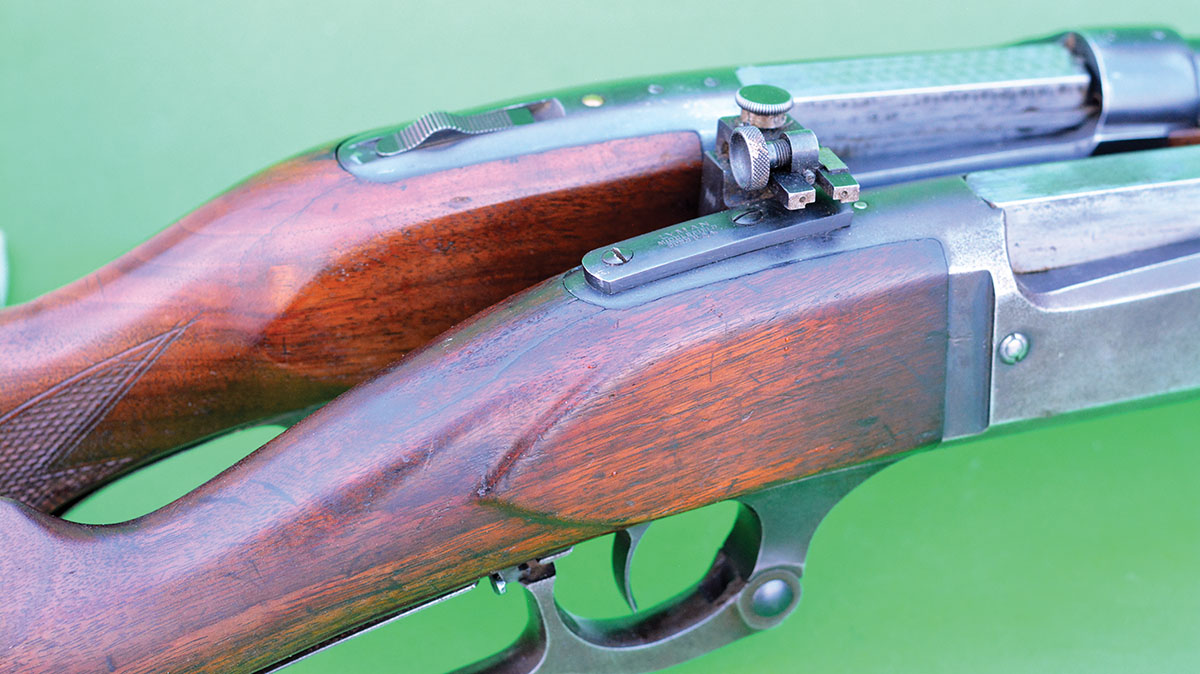
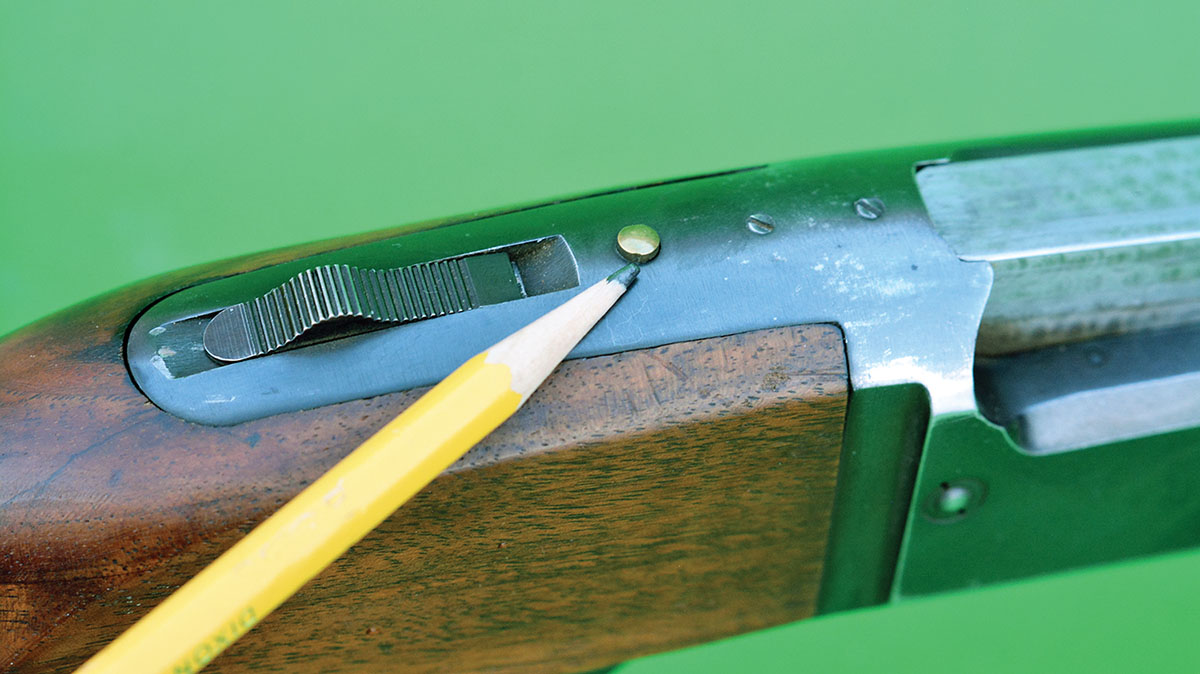
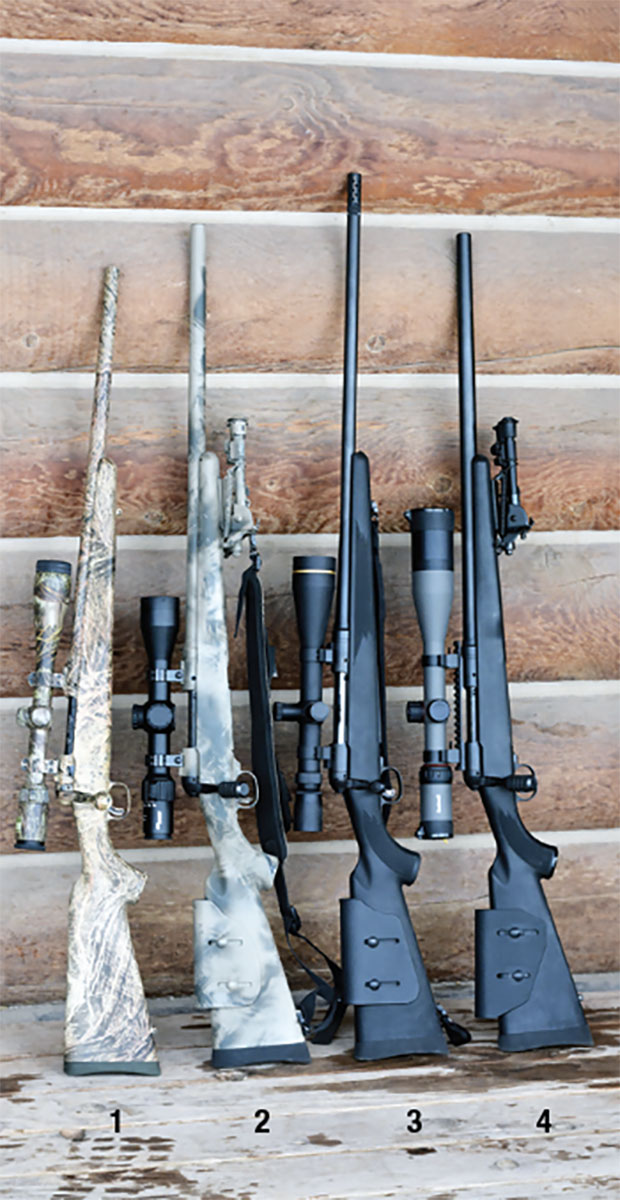
Next, the 300 Savage was introduced in 1921, along with a Model name change to 99 that offered a notable performance increase over the 30-30 Winchester with higher muzzle velocity, flatter trajectory and heavier bullet options that were better for heavier game. It featured a maximum overall cartridge length of 2.600 inches and featured a 30-degree shoulder that was advanced for that era. While its ballistics were short of the more modern 308 Winchester by around 150 to 200 fps with comparable bullet weights, they certainly approached it. In fact, the 308 Winchester was designed as a modernized 300. In essence, the 300 was a short-action cartridge long before it became popular with modern shooters. Regardless, it was way ahead of its time and was the most popular Savage cartridge.
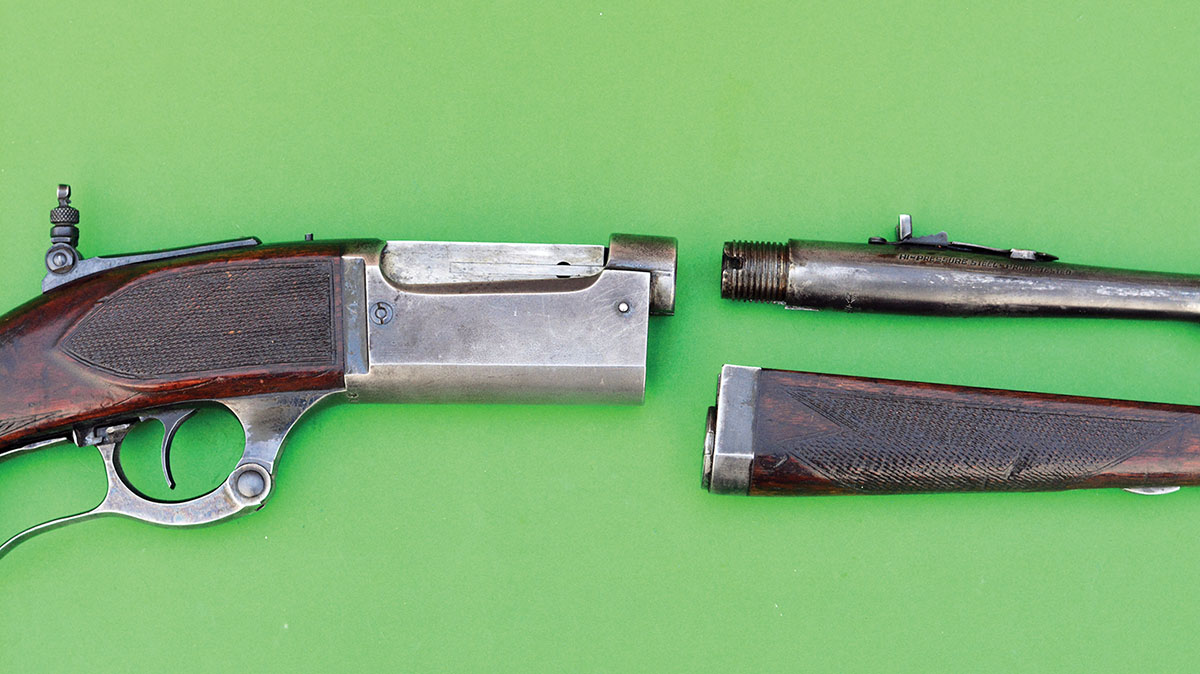
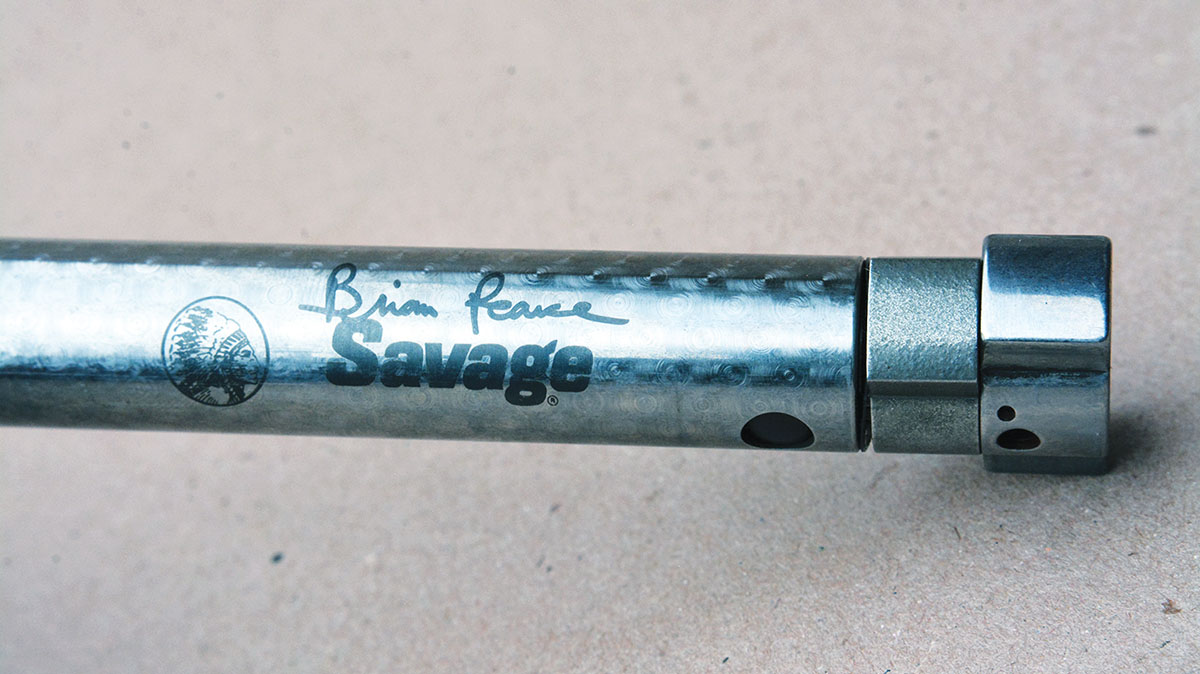
I have owned and fired many Savage lever actions in the most popular calibers. They cannot shoot like a top-drawer bolt-action rifle; however, groups of 1 to 1½-inches are common with quality ammunition fired in a rifle with a good bore, which is outstanding lever-action rifle performance. A couple of examples include a near-new condition post-World War II rifle chambered in 250 Savage with a 22-inch barrel. I have one son who is left-handed and decided that when he turned 12 years old, that this would make a great deer rifle for him. A Leupold variable scope was installed and handloads were developed using Barnes Triple Shock X-Bullets that would regularly put five shots under 1 inch. My old 1899 saddle ring carbine chambered in 30-30 with a 20-inch barrel and topped with a period Lyman aperture sight will regularly group 1½-inches with select handloads. Like a new condition post-World War II Model 99 chambered in 300 Savage and fitted with a Vortex scope will stay inside 1½-inches with multiple handloads using 150-, 165- and 180-grain bullets.
As indicated, the Model 99 is a proven and reliable design; however, it does have a couple of shortcomings. Stocks can crack just behind the tang, which can usually be prevented with proper inletting, possibly adding glass bedding support and keeping the stock bolt tight. When chambered in higher pressure cartridges, such as the 308 Winchester that operates at 62,000 pounds per square inch (psi), cases have a tendency to have a sticky extraction, which is mostly due to the action strength and the lack of camming power offered by the straight-pull-style bolt mounted extractor. On the other hand, the 250 and 300 Savage cartridges operate at 47,000 psi (or less) and feed, fire and extract flawlessly.
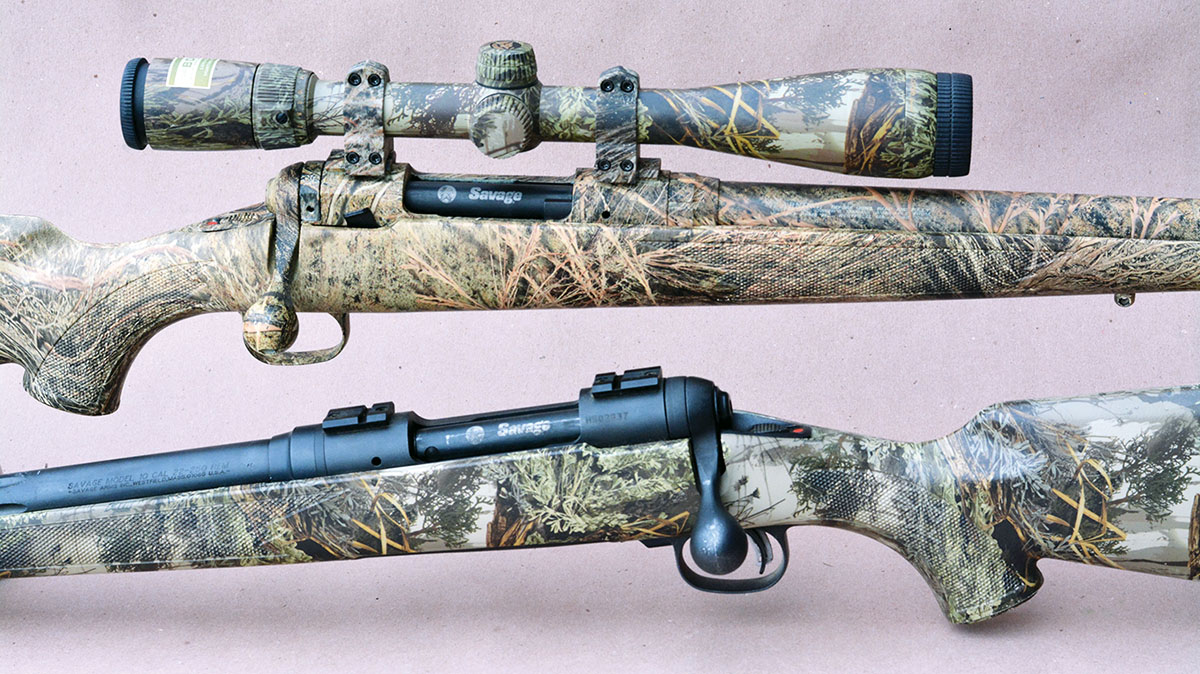
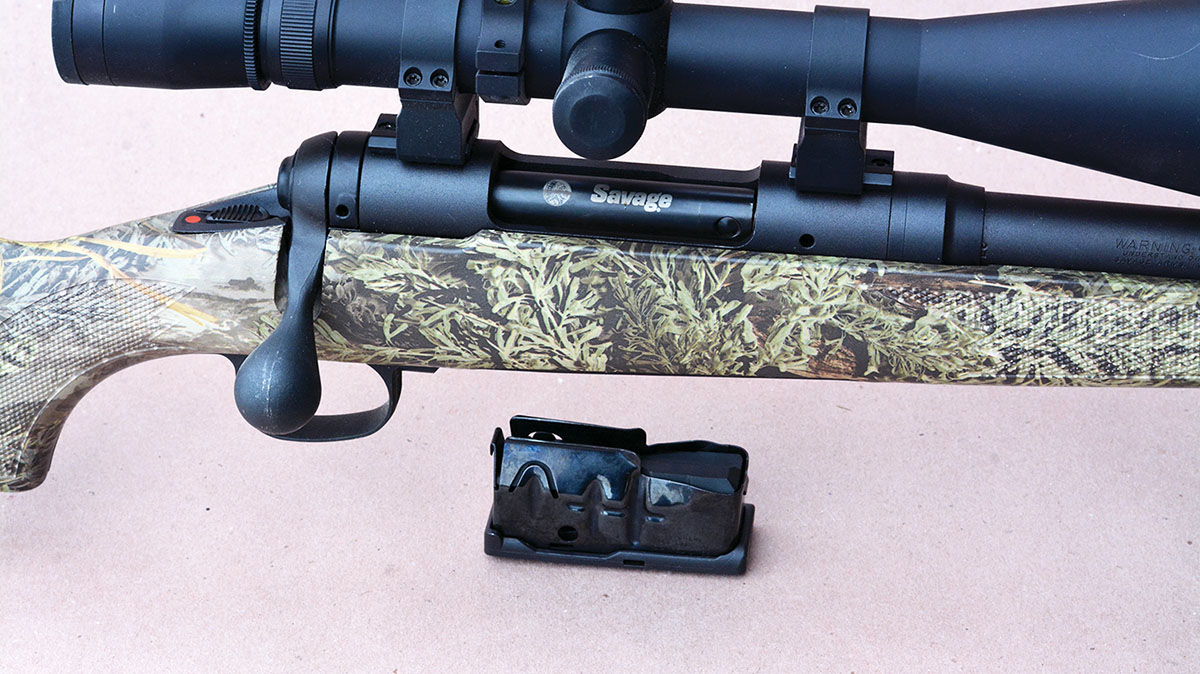
During World War II, Savage aided substantially with the war effort, as it produced heavy munitions, but they also manufactured most of the Thompson submachine guns and Browning .30- and .50-caliber machine guns. They also produced the British No. 4 Lee-Enfield bolt-action rifle in large quantity and in record time that were sent to Britain under the Lend-Lease Law.
The post-World War II era was an exciting time for manufacturers, as they transitioned production from military arms back to sporting firearms. Savage began offering a huge variety of modestly-priced firearms that included shotguns, single-shot pistols, slide action, combination rifle/shotgun (the Model 24 reached more than 1,000,000 units produced) and several centerfire rifles. The Savage Model 1920 (produced 1920-1929), was a very trim and well-made control-round feed-bolt action rifle chambered in 250 and 300 Savage. Unfortunately, instead of reviving the Model 1920 that was costly to produce, Savage introduced the Model 340 (and variants) beginning in 1950, which was an inexpensive bolt action chambered in 22 Hornet, 222 and 223 Remington, 225 and 30-30 Winchester. However, the 340 was less than stellar and sales were limited.
Recognizing the need to offer a proper action to house 30-06 length cartridges, the Savage Model 110 was introduced in 1957, and was designed by Nicholas Brewer in 1956. Interestingly, the Model 110 designation was based on its modest $109.95 retail price tag. The calibers offered were the 270 Winchester and 30-06, however, a short action version was introduced in 1959 for the widely popular 308 and 243 Winchester cartridges. The 110 enjoyed modest success but the design had a few shortcomings and in 1966, it received several notable design improvements that made it a better and more reliable rifle, but also served to further reduce manufacturing costs. The Model 110 has the distinction of being the first bolt-action rifle offered by a major manufacturer in left-hand, which was way past due and enthusiastically welcomed by many shooters.
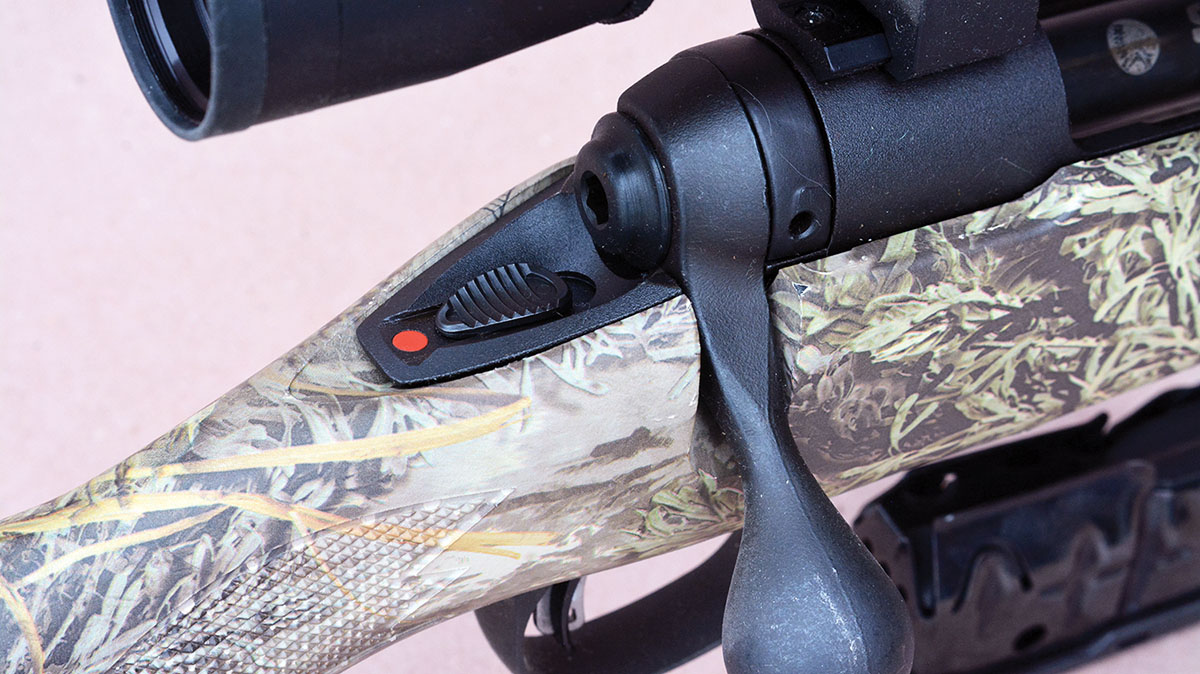
The Model 110 (and variants that include the Models 11/111, 12, 14/114, 16/116 and Stevens Model 200) is a unique action. Space will not allow great details of its design, so suffice to say that the bolt features traditional forward twin locking lugs for around 90-degree bolt lift and smooth operation. The bolt face is countersunk and houses a rotating extractor and plunger ejector for a push-feed system. The safety is tang mounted and offers three positions for a high safety rating. In the forward position, the rifle is ready-to-fire while the rear position locks the bolt and prevents firing. The middle position allows the bolt to be opened to remove a cartridge from the chamber but still prevents firing. The action is also properly vented to protect the shooter from gases in the event of a ruptured case. The receiver is made from forged steel bar stock for strength.
The bolt is unique, as it is constructed of multiple parts, which serves to keep manufacturing costs low. For example, the bolt head is staked to the bolt body and is a floating design. A flat spring located behind the front baffle and bolt head results in slight free movement laterally with the center of the bore. This serves to help the locking lugs contact the receiver and keep headspace on the minimum side upon closing the bolt, which Savage engineers feel is a significant contributor to accuracy. The bolt handle and rotating rear baffle are individual parts. The lock time is around 2.7 ms for the long action and around 2.5 ms for the short-action version, which is still respectable today.
The barrel is threaded into the receiver and locked via a large locknut just forward of the receiver ring, while the recoil lug is sandwiched between the receiver and locknut. This allows the headspace to be set or adjusted with ease. It also allows easy changing of barrels and if another caliber is desired that is based on a different case, the bolt head is easily changed to accommodate a different case head.
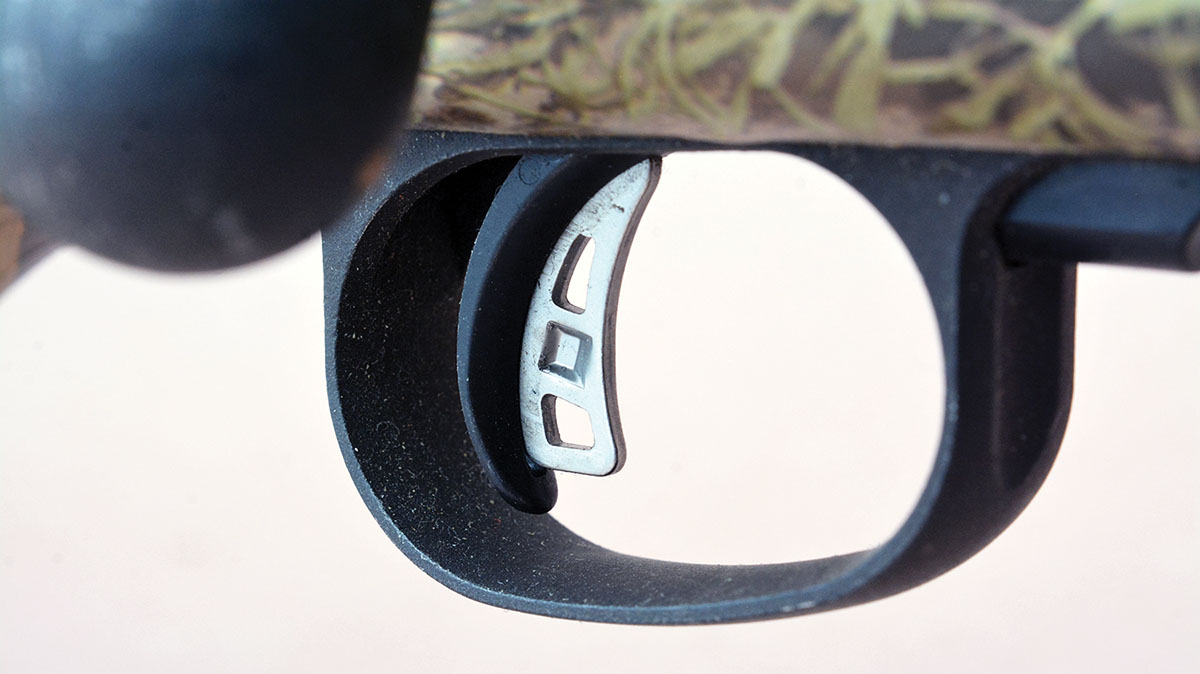
Savage introduced the AccuTrigger in 2002. It is simple, well-engineered, offers a crisp let-off and is easily adjustable for weight of pull ranging from 1½ to 6 pounds. Sales soared. But that was not all, as the AccuStock (2009) is pillar bedded and served to further enhance accuracy. More recently, the AccuFit stock has been offered that is readily adjustable to perfectly fit each shooter to aid with accuracy, reduce felt recoil and improve comfort. Regardless, out-of-the box Savage rifles have been winning long-range match competitions, even when put against rifles that carry much higher price tags. I have many Savage 110 rifles in calibers ranging from 223 Remington to 338 Lapua and if reasonable loads are tried, they will virtually across-the-board shoot 100-yard groups that are a ragged hole.
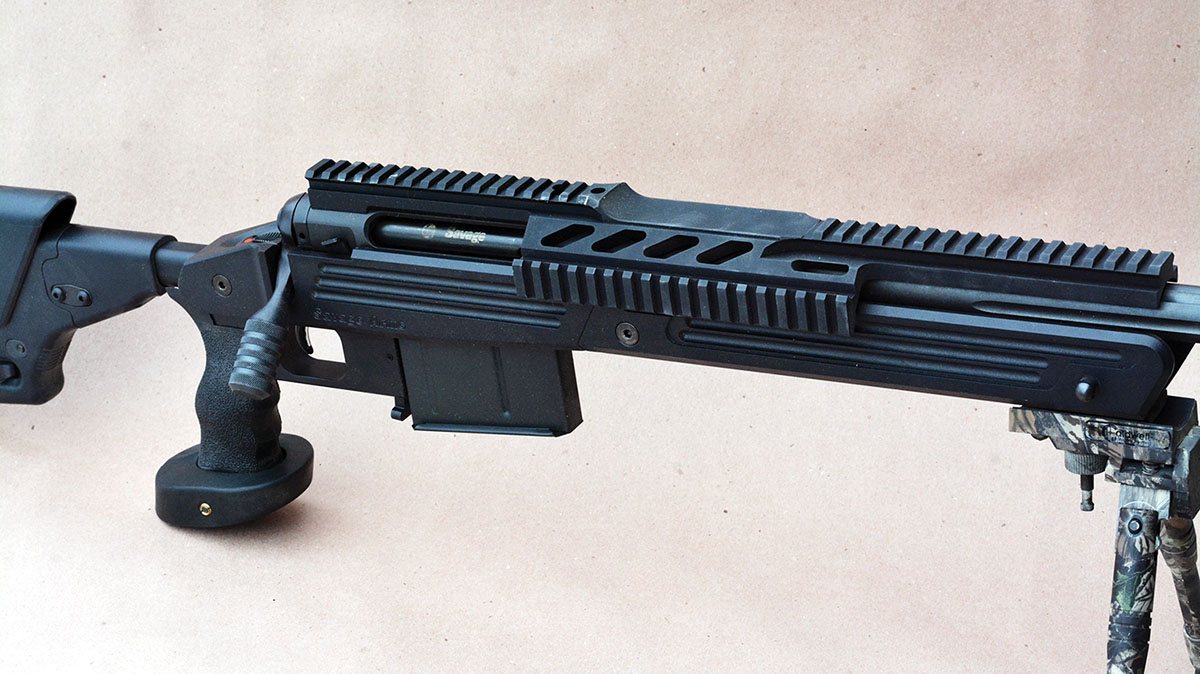
A few years back, I was a guest at the Savage Arms factory wherein I spent the day building my own rifle. This process gave me a first-hand perspective of the details, quality and accuracy that is built into every rifle. I was impressed to say the least and praise the 110’s high level of precision accuracy, especially considering its modest price.
Former Savage Arms President, Ron Coburn, is generally considered the man who literally saved Savage Arms, carefully assembled a talented team of shooters, hunters, engineers and machinists who are in touch with current trends and have regularly introduced corresponding models. Despite Coburn retiring, that culture still drives the company and by regularly improving manufacturing efficiency, offering higher-quality rifles than at any time previous, sales have soared and the Model 110 has brought Savage back from financial ruin. Today, the company has expanded the product line to include additional bolt-action rifles such the Model 25, Axis, shotguns and even a great Model 1911 pistol. After 130 years, Savage’s future has never looked so bright.


